Who Would Erwin Wurm Invite to His Fantasy Dinner Party
By Keshav AnandA staple of the contemporary art landscape, Austrian artist Erwin Wurm has profoundly expanded the thinking around sculpture and space over the course of his four-decade spanning career. Sitting at the intersection of abstraction and representation, his tongue in cheek works reimagine familiar objects in unexpected and playful ways, encouraging viewers to see the commonplace from new perspectives.
Giving equal importance to both the mundane choices we make in our daily lives and the deeper existential dilemmas that plague our existence as humans, Wurm’s practice examines the objects that assist us in managing our routines — and that eventually shape our identities. These items span the clothing we wear and the vehicles we drive, to the food we consume and the homes we inhabit.
Building on this ongoing enquiry, earlier this spring, Wurm presented a new series of sculptures, titled Surrogates, at Thaddaeus Ropac in London. He also currently has an exhibition, Trap of the Truth, open at Yorkshire Sculpture Park until 28 April 2024. To learn more about the artist, his life and influential practice, Keshav Anand spoke with Wurm.
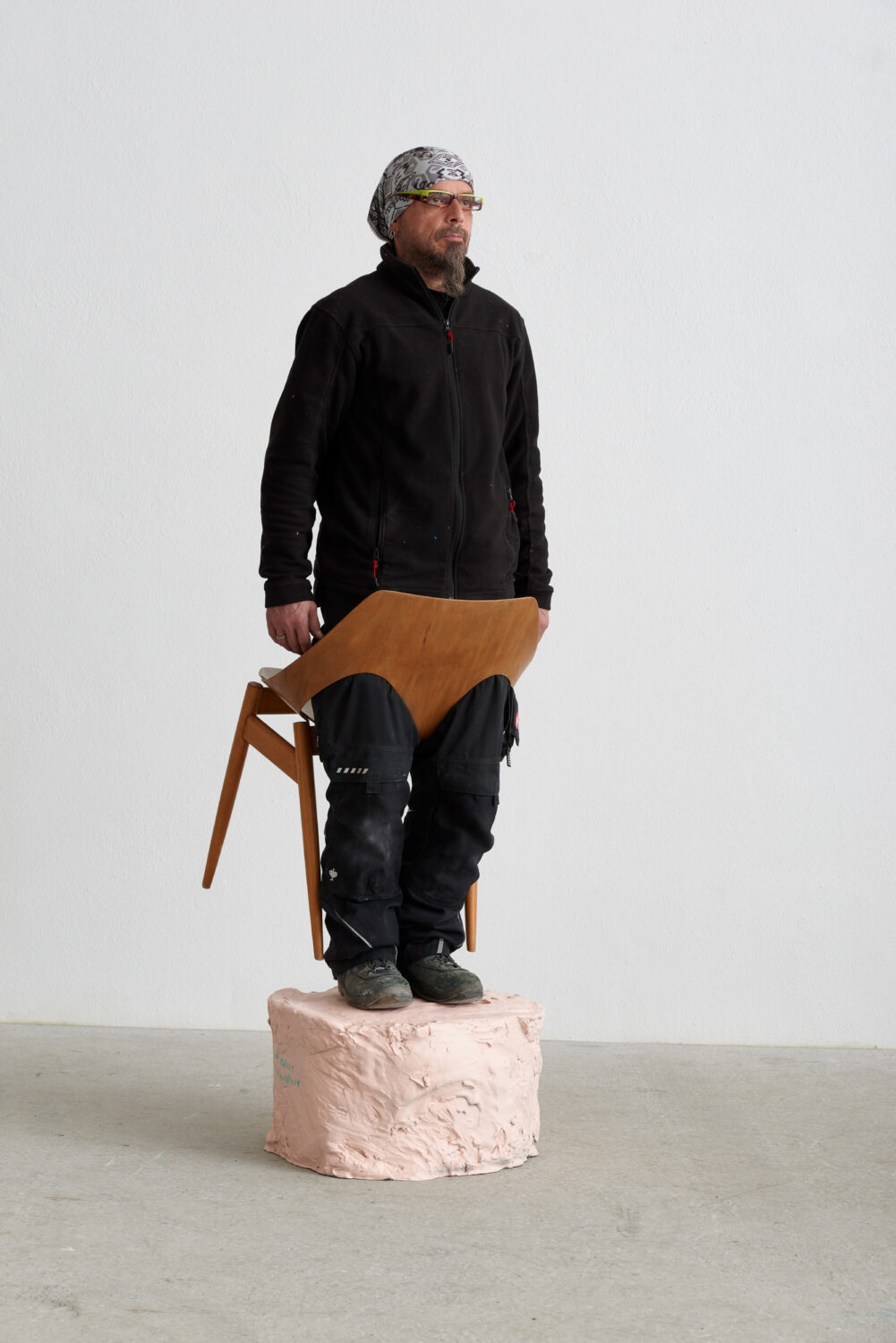
Keshav Anand: What is the thinking behind the works included in your recent exhibition, Surrogates, at Thaddaeus Ropac?
Erwin Wurm: We live in the so-called Anthropocene and this work is kind of about the post-Anthropocene, or the possible post-Anthropocene. It’s human forms, it’s human shapes — but there are no humans left. And so for that reason, I call it Surrogates. It’s coats and jackets, shoes, sometimes other things — so it’s reminiscent of human beings but there are no human beings. I’ve worked for many years probing the notion of sculpture, two and three dimensionality, skin, surface, mapping, volume, time — all these aspects are part of it.
KA: Could you elaborate on how the latest sculptures fit into the evolution of your wider practice?
EW: I’ve being doing this for many years. The first sculptures I started with, with clothes, were made in 1992. In fact, even before that, in the 80s, I had made sculptures with clothes — dresses, trousers, jackets, suits, and so on. Because I realised, when we look at traditional sculptures, like Roman and Greek sculptures from the Imperial times for example, they show massive bodies of athletes, horse riders — but these massive bodies are only defined by a very thin layer of bronze skin. They are empty inside, void.
I found a parallel in our clothes. When we wear clothes — when big people wear clothes, to illustrate the point — there is an enormous volume, a mass, covered by a layer. From the outside, the clothes appear to have this mass incorporated within them — they become this volume. But like the bronze sculptures, the clothes too are just a thin layer of skin, a thin layer of cloth. In these recent pieces, I am continuing to explore notions of sculpture through clothes, addressing various philosophical and psychological issues.
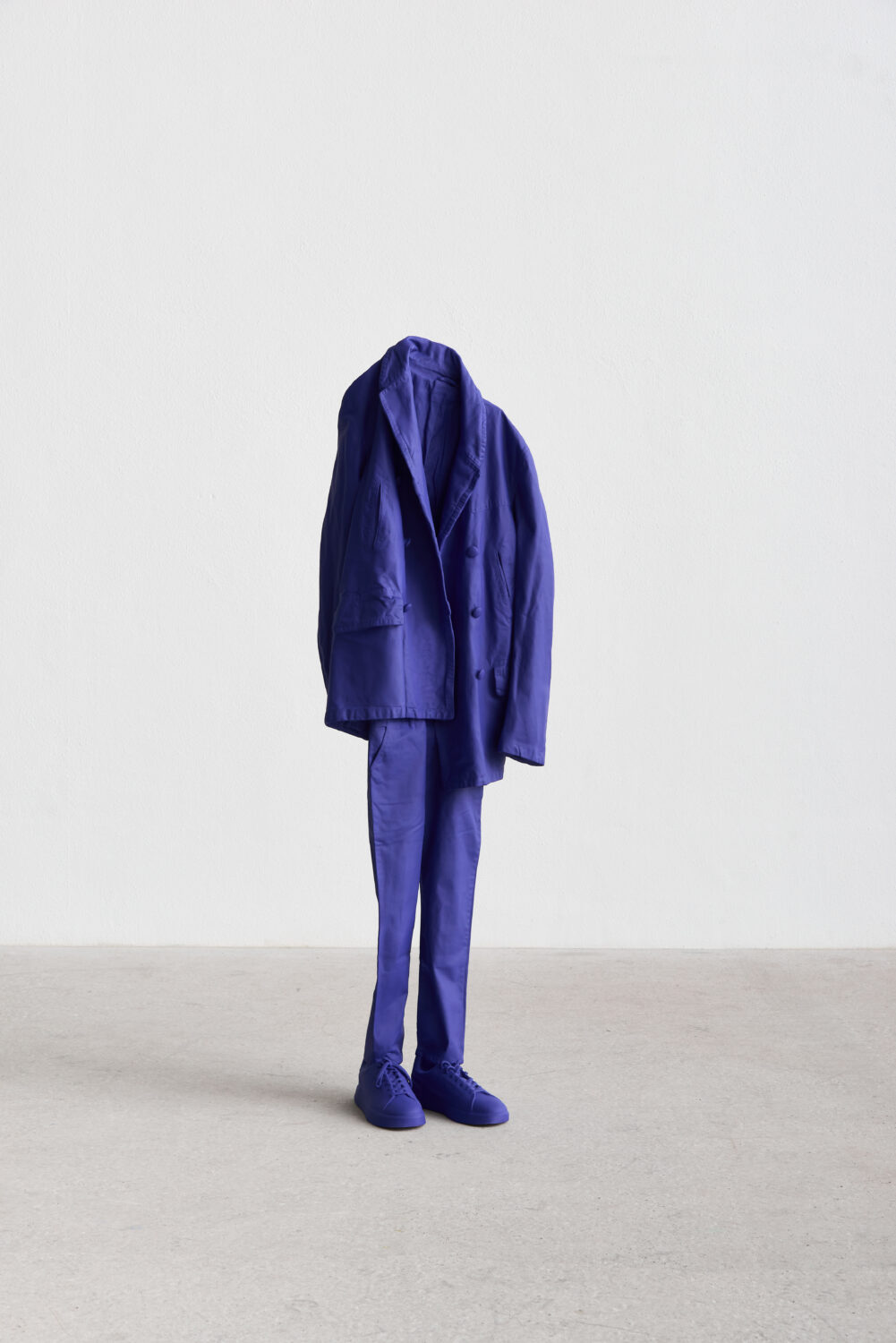
KA: Your works have long had the ability to disrupt boundaries between spectator and participant — what interests you in blurring these lines?
EW: In my body of work, One Minute Sculptures — a series of performative sculptures — I invite the public to follow my instructions and realise the pieces. Of course there’s a change of perception because before that, when you come into an exhibition, you are the subject walking around and looking at objects, but then all of a sudden, through these works, the perception switches — you become the object, looked at when you perform the pieces.
It’s a big change, which is exciting and interesting to me. It also brings joy and fun to the people because they can experience strange situations; they can play around with certain issues — it’s about psychology, laughter, stupidity, the surreal, the absurd, which I love very much. It’s a way to look at our reality from another angle, another perspective.
KA: Can you expand on your approach to utilising colour?
EW: Everything started for me, for my career, with the thing that I was not accepted to do at art school — join the painting class. I wanted to become a painter and they didn’t accept me. They put me in the sculpture class. Maybe they were right — who knows. [Laughs] So, instead, I started to think about the notion of sculpture. What is it? First I was frustrated but then I took it as a challenge. I’ve done this my entire career. But colour was still always there with me. I’ve used colour in different episodes in my work — sometimes only through the materials, sometimes with paint. This time I decided to come back to painting sculptures in different bright colours.
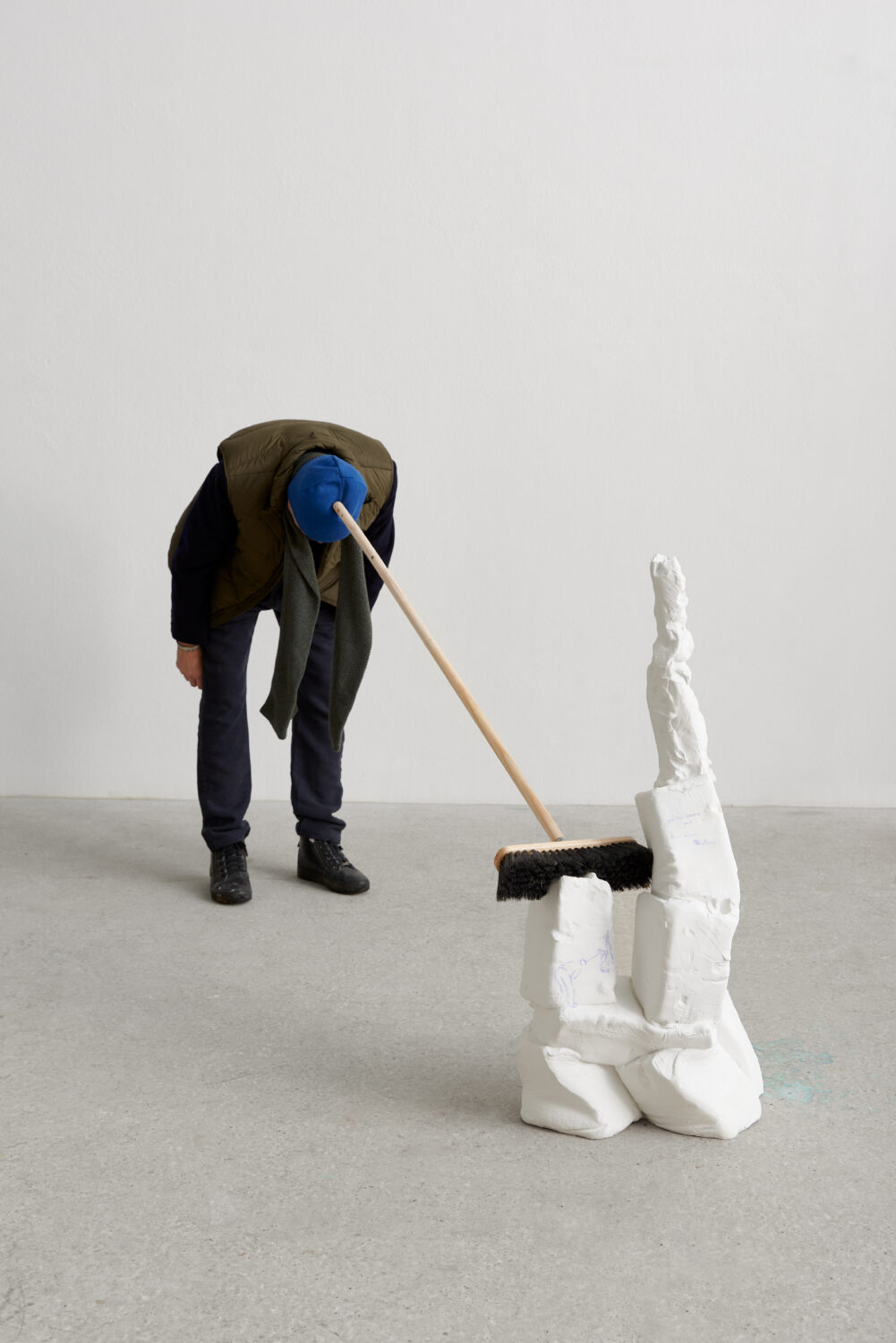
KA: I’m keen to ask you about Fat House, 2003, an all time favourite of mine. How was the idea for this work born?
EW: Actually, I don’t call it Fat House anymore, I call it House Big, because, I currently have a show at Yorkshire Sculpture Park, and they did not want to show Fat House because they found it to be an insult to obese people. And also Fat Car. But it came from a very different direction. When I grew up in Austria in the 50s and 60s — my father was a policeman so we weren’t rich — we as boys, running around on the streets and having fun, we would see all these great cars, Porsches and these other big cars, which we were impressed by.
We were impressed by the fantastic designs, the power behind these vehicles, and the money. And we called them “fat autos,” which means “fat cars” — but that does not mean “obese cars.” “Fat” meant “important.” For us, it was something very admirable — we loved them. Later, I had this idea to transfer this phrase, “fat autos,” into a reality, and I made the Fat Car. But you know, as times are changing, and society is changing, we think differently today about many issues. I had to realise that maybe this word is incorrect, and so for that reason I changed it to “big.”
KA: Are you able to tell us anything about your upcoming projects?
EW: Right now, we are designing a schoolhouse building from the end of the 19th, beginning of the 20th century, before the First World War. But it’s one third smaller than in reality, so people can walk in but they have to put their heads down and cannot stand straight. It’s bending people; it’s in a way supressing people when they move through the space — immediately you get this strange feeling. It’s a picture of a certain society and a certain time. These times were full of strange political ideas — the result was the First and Second World Wars. I will be showing this work in the autumn for the first time.
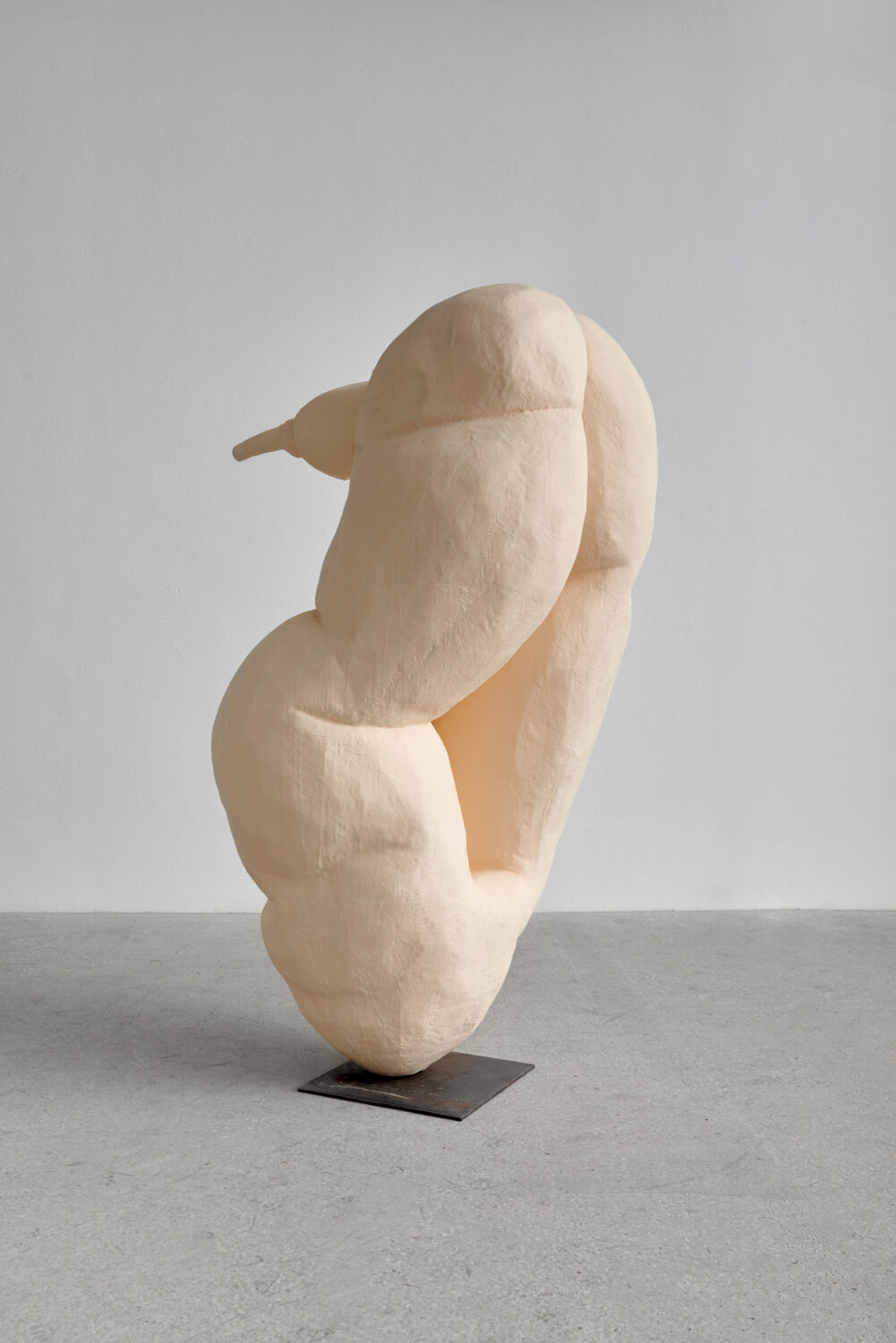
KA: To change pace for a moment, who would be your dream dinner party guests, dead or alive?
EW: [Laughs] That’s a fantastic question. I would like to meet Giacomo Casanova — not because he had all these erotic experiences but because he was a gentleman with an enormous knowledge and ability to ask questions to so many different kings and leading figures of European countries in the past. I think that would be exciting.
Then I would like to meet Mr Mozart, the Austrian composer who died far too early and wrote incredible, incredible music. And finally, I would like to ask Ludwig Wittgenstein, a Jewish Austrian philosopher who was from a very rich family and denied the money he got from the family to live as a poor school teacher. He tried to explain the world through language.
KA: What’s your favourite smell?
EW: Vanilla.
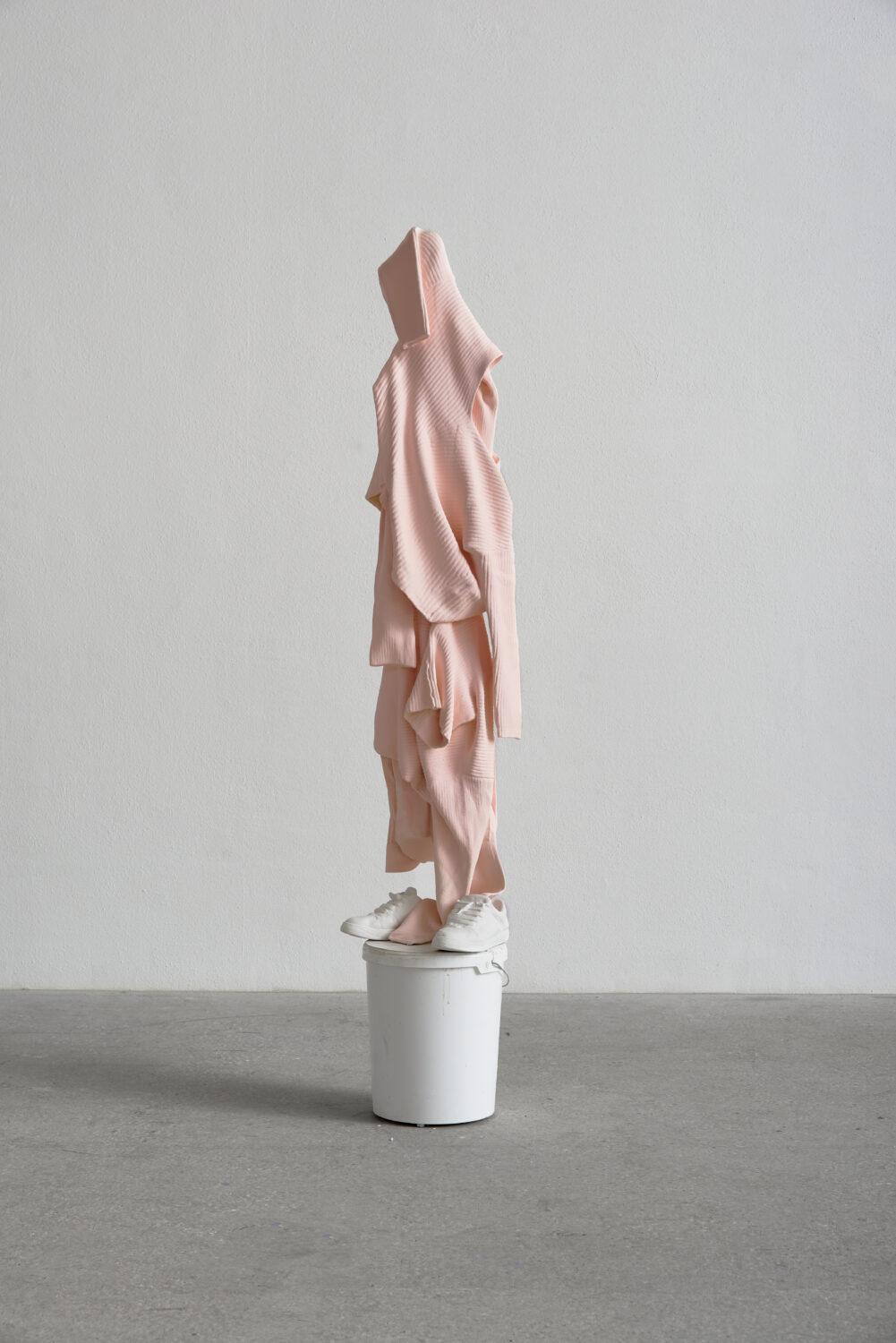
KA: When you’re not in the studio or at home, how would you spend your ideal day in Vienna?
EW: Being bored because I want to be in the studio.
KA: And what are you currently reading?
EW: Right now I am reading a book about Michel de Montaigne — he was a French Renaissance philosopher. He wrote about the world by only writing about himself. As an artist, in many ways, you do a similar thing. You try to approach certain issues, which you bring up from your life and history. But they only turn into good artworks if they are relevant to a wider audience, to society in general. Like [Louise] Bourgeois did — or many others did. It’s an interesting book.
Then I am also reading Annie Ernaux, who was awarded the Nobel Prize for Literature. Her entire body of work — she’s now in her 80s I think — is about her family and her socialisation. A poor family in France, in the 40s, 50s and 60s. It’s also very interesting. In a way it also has many realities that relate to my life and upbringing.
Feature image: Erwin Wurm, House Big (Fat House), 2003. © Erwin Wurm, Bildrecht, Wien 2024